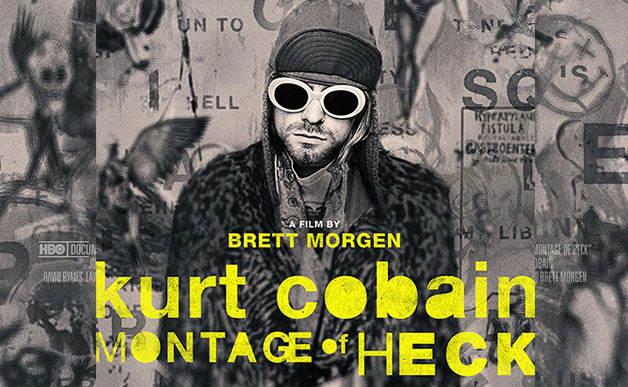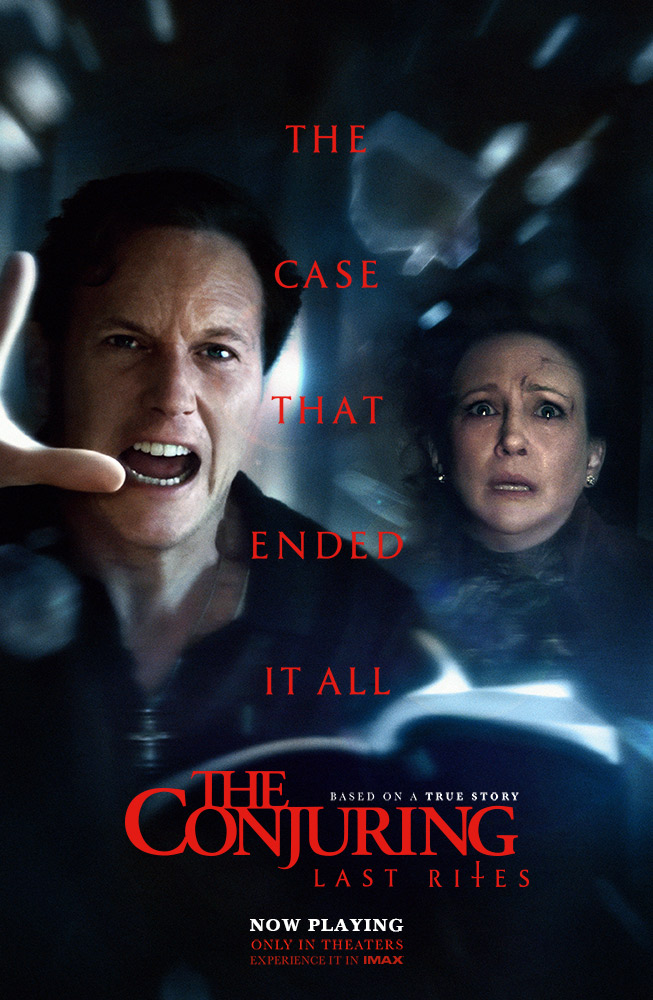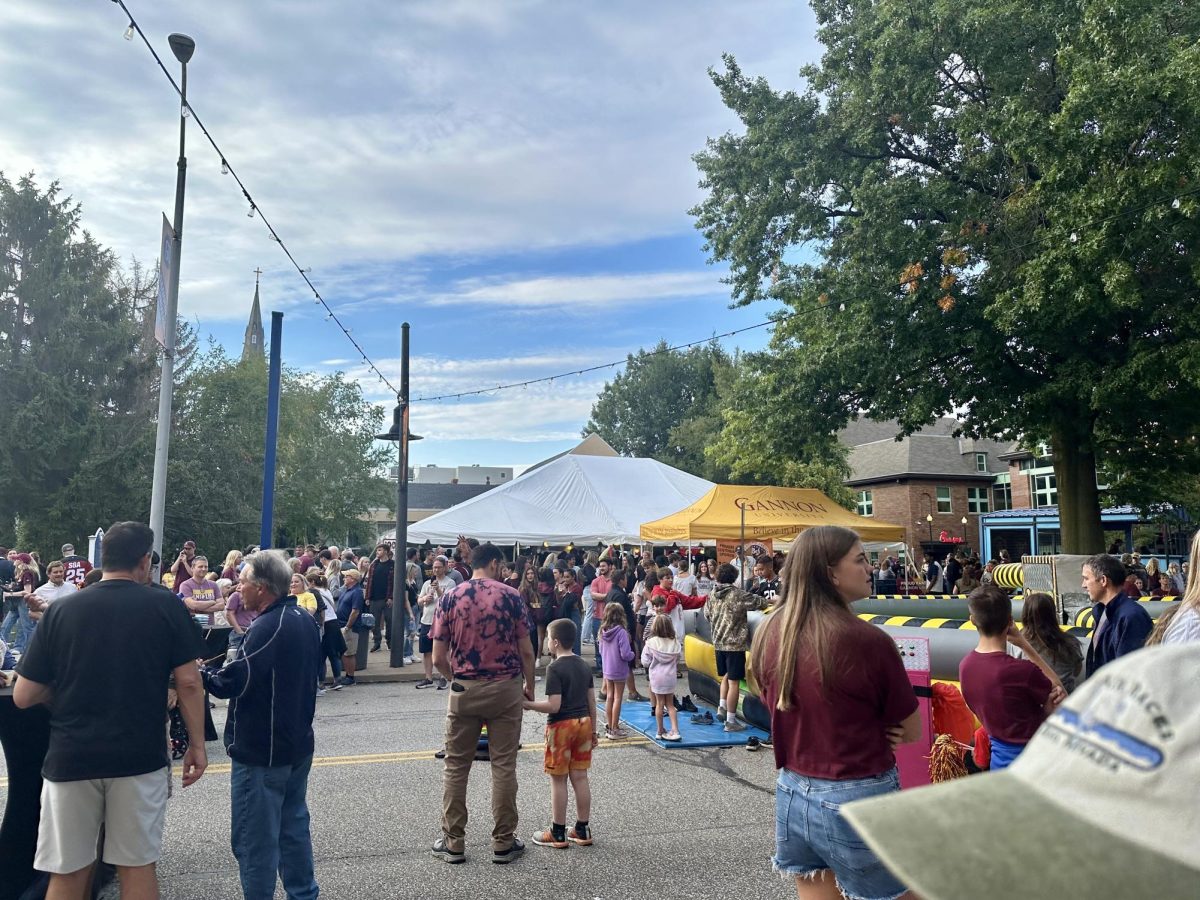Imagine the shock of my friends when the words “new album” were uttered along with the name Kurt Cobain. Not only did I receive looks of horror, but also concern given that the late Nirvana front man has been dead since he decided to take his own life in April 1994.
I myself didn’t even know about the “new” album titled “Montage of Heck: The Home Recordings,” a postmortem compilation of Cobain’s personal recordings, until about three weeks ago.
The album is a companion to Brett Morgen’s highly praised documentary of Cobain’s life and upbringing.
The film itself covers a vast majority of Cobain’s life and ends just short of his death, including personal material from Cobain’s archives — art, music, journals, audio montages and films — along with more recent interviews. With Frances Bean Cobain as an executive producer, one expected the documentary to be raw, personal and mind blowing.
While a documentary in itself is one thing, releasing the private recordings of a man who was tormented to the point of taking his own life is a completely different thing.
One begins to wonder if an album like this should even be released. Clearly his recordings were personal for a reason.
With a grain of salt, I listened to the entire deluxe “Montage of Heck: The Home Recordings” soundtrack the morning it was released. Starting out with mixed feelings of the album, 33 tracks and over an hour later, I finished — changed a little.
The best way to describe the compilation is that it is a haunting memoir of a tortured, hurt soul.
The deluxe version of the album is filled with a mixture of brief recordings of Cobain just playing around with his guitar, audio diaries and full-blown demos, some of which became Nirvana songs.
Personally, I do not think the intention of this album is for every track to be enjoyed by the listener. One should come out of this experience with a little more understanding of the complex internal struggles of a truly talented man.
One of the first tracks I encountered that brought me to the realization of the mission of the album was “Beans,” in which Cobain sings in a high-pitched, almost helium induced, voice.
Personally the upbeat guitar with the humorous tale of Jeffy eating beans made me laugh a bit; however, “Beans” could not have been borne from the mind of a individual.
It is made more apparent in the diaries included in the compilation how anguished Cobain was. “Sea Monkeys,” “Rhesus Monkey” and “Aberdeen,” are raw recordings that are a little too dark to discuss — covering topics such as a failed suicide attempt — but essential to understanding Cobain a little better.
The demos and demo-like songs included in the album are a true testament to the artful genius Cobain was.
“Frances Farmer Will Have Her Revenge On Seattle” is a somber track that was good enough to make it onto Nirvana’s final studio album “In Utero.”
“Poison’s Gone” hauntingly reminds you of how beautiful a melancholy track can be. “And I Love Her” is everything you want in a demo.
The track, while a little muffled probably due to the equipment used, delivered an artfully gloomy guitar melody and a catchy chorus.
Listening to some of the demos with titles that don’t match anything in Nirvana’s repertoire makes me a bit sad, because they honestly could have and should have been made into actual songs.
“Burn the Rain” includes half of a phone conversation mid-song, reminding us all how personal and invasive this audio is.
“Letters to Frances,” an acoustic track, is Cobain’s take on a lullaby for his daughter. While the track seems a little too gloomy for a child, it is touching and powerful.
“Montage of Heck: The Home Recordings” is a postmortem window allowing us all to peer into the anguished soul that was Kurt Cobain.
If you are willing, this album will take you on a journey that will make you appreciate the short life Cobain had.
Most of the recordings are somewhat raw and concerning, but to a true fan of Nirvana and the legacy Cobain left behind, the bone chilling tracks compiled for this album are amazingly beautiful and telling.
TAYLOR WOLFF







